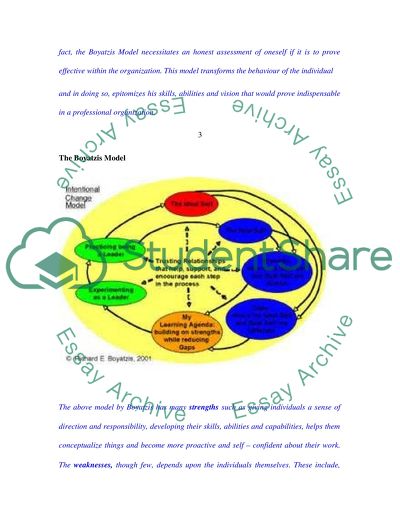Cite this document
(“Developing coaching and mentoring within organisations Essay - 1”, n.d.)
Retrieved from https://studentshare.org/human-resources/1689836-developing-coaching-and-mentoring-within-organisations
Retrieved from https://studentshare.org/human-resources/1689836-developing-coaching-and-mentoring-within-organisations
(Developing Coaching and Mentoring Within Organisations Essay - 1)
https://studentshare.org/human-resources/1689836-developing-coaching-and-mentoring-within-organisations.
https://studentshare.org/human-resources/1689836-developing-coaching-and-mentoring-within-organisations.
“Developing Coaching and Mentoring Within Organisations Essay - 1”, n.d. https://studentshare.org/human-resources/1689836-developing-coaching-and-mentoring-within-organisations.


